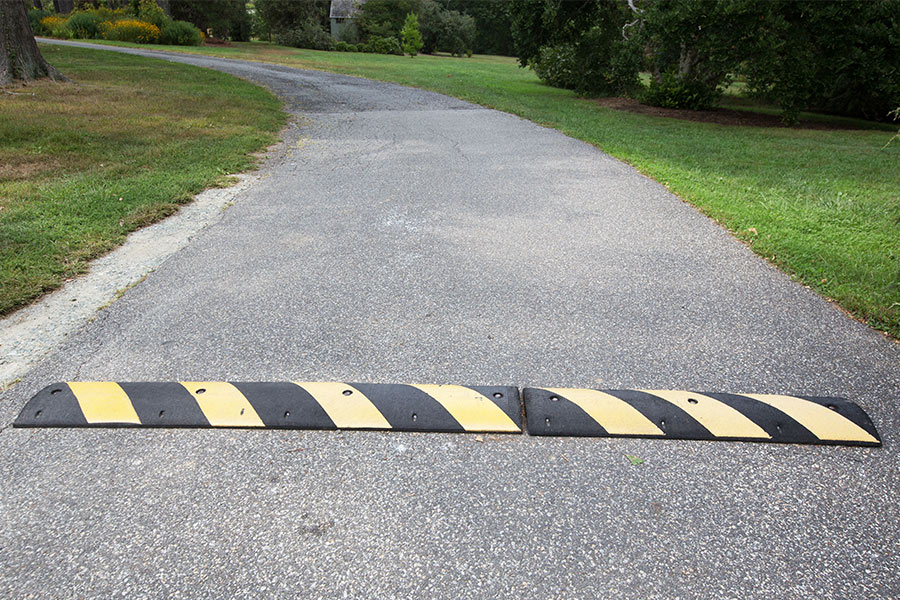
Encyclopedia search
Think of an activity that involves many actions. Make a list of as many related actions as you can think of. Here are some activities to get you started.
Player A engages with a space-work object while playing a scene with Player B. When Player B knows what the object is, they engage with it too.
It’s possible to speak without knowing what you’re going to say. You don’t know what will show up until the words have been spoken.
Two players play a scene. Someone outside the scene calls either “Speak” or “Do.” Player A makes a verbal or physical offer, based on the instruction. Then the players wait for the next instruction, which Player B fulfills when the instruction is given. The scene continues, with players taking turns making verbal or physical offers as instructed.
The term spect-actor comes from the work of Augusto Boal. It refers to a spectator who becomes an actor, thus a spect-actor. The term is hyphenated so that it isn’t misread as spectator. The abbreviation for spect-actor is “spect.”
The spect wrangler is a position unique to interactive performance. This person handles recruitment, communications, and hosting of spects for rehearsals and performances. Here is an overview of the responsibilities.
Stories are full of challenges. The smallest type of challenge is a speed bump—a momentary, mild resistance that is easily overcome.
With the left hand, create a square in the air by drawing down, out, up, and in. With the right hand, create a right triangle in the air by drawing down, out, and diagonally up. Then draw both the square and triangle at the same time so that it looks like this:
Player A makes a verbal offer. (“The kids are missing.”) Player B describes a physical offer. (“He said, picking up a flashlight.”) Player A does the physical action described by Player B. The scene continues, with Player B making a verbal offer and Player A describing an action that Player B does. Keep switching who is making the verbal offer and who describes the physical action to be done.






